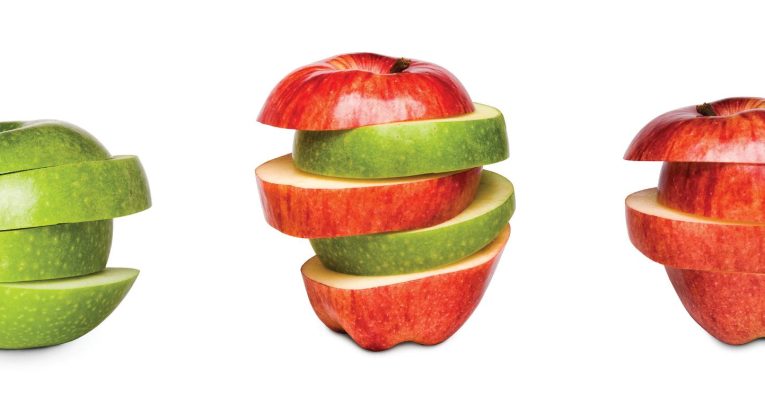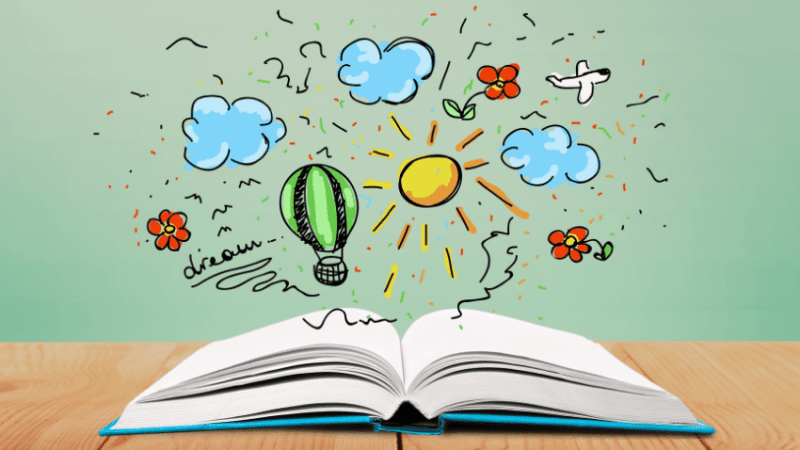Stretch Able Children At KS2 By Removing The Limits For All Learners

Want to stretch your more able readers at KS2? Then start by removing the limits for all learners, says Katie Myles…

- by Katie Myles

When we talk about the ‘more able’, what do we really mean? How helpful is this type of description and how do these definitions affect children’s (and teachers’) perceptions of themselves as learners and individuals?
In a recent discussion with some KS2 pupils, a boy revealed to me that he knew the reading groups in his class were organised by ability. The groups were all named after famous authors, and the child began to try and assign the quality of the author’s work to the ability of the children, which was either ‘high’ or ‘low’.
Despite the teacher’s best efforts to mask the fact that children had been put into sets, the pupils understood they had been grouped according to their perceived abilities. For the KS2 boy, this had implications both for his perception of himself, and his opinion of the other children in his class.
This is not to say that children all have the same level of ability, but the ‘more’ or ‘less’ able in our classrooms are context dependent, and strengths and weaknesses shift depending on the experiences and provision educators make available.
So how do educators support all children to make progress, attend to each child’s specific needs and ensure high aspirations? The following suggestions ensure qualityfirst teaching that will support and stretch all learners, as well as challenging the ‘more able’.
Build a positive learning culture
Think beyond levels and labels. The post-levels environment gives us the opportunity to frame the language of assessment differently and to think about how we positively communicate with children and parents about attainment, progress and development – all of which helps teachers to move beyond confining children to ability groupings.
At the CLPE, we have developed The Reading and Writing Scales (tinyurl.com/ clpescales) – a free resource that describes the journeys children make in order to become literate. Each scale offers a description of the observable behaviours of pupils at different stages, rather than making a single judgement as to whether the children are more or less able in the subject. This kind of resource provides formative information to support children’s progress.
Build on what children know and can do. Teachers need to use formative assessment information to inform their planning, and consider the practice and provision that will take children to the next phase of their development. This creates high aspirations for all and supports all students to make progress, whatever their starting point.
Expand children’s experience of literature
Maintain a rich reading programme that will nurture children’s increasing knowledge and understanding of literature. This will ensure pupils make progress towards becoming experienced and independent readers and will prepare children for the transition to secondary school. High-quality text choices must be included in school reading programmes, and routines should make space for uninterrupted free reading time. Reading for purpose and pleasure across the curriculum is fundamental to creating experienced and independent readers at KS2.
Employ texts that can be used across the curriculum to promote higher-order thinking skills, empathy, and that promote reading as a social act. This is vital for developing children’s critical thinking. Pupils need to be supported to move from being able to identify textual features to being able to talk and write about the impact these might have on the reader. This is also especially supportive for transition from KS2 to KS3.
Ensure that teachers have good knowledge of both classic and contemporary children’s literature so they can make meaningful and personalised recommendations. Children need books that promote discussion and reflection. These are likely to be multi-layered; capable of being read at different levels; based on pertinent themes; from different cultural settings; and written by skilful and experienced children’s writers using lively and inventive language.
Develop critical thinking
Use an approach such as literature circles: small, temporary discussion groups reading the same text. This gives children independence and experience, but avoids labelling and fixed groupings. Each child should take on a key role and works collaboratively to respond deeply to his or her shared text. Teachers can also scaffold and extend the talk, promoting critical thinking, engaging children in debate, and sparking discussions around character, themes and intent.
Nurture a culture of ‘book gossip’ in which children become accustomed to discussing, sharing and recommending future reading, and where teachers model how to elicit inference and deduction. This enables children to evaluate books, critique author intent and reflect on reading choices in a positive learning environment.
Provide opportunities for children to develop deeper responses to text and illustration. Allowing pupils to respond through art, music, performance and drama will ensure progress towards fluency and independence at KS2. Examples of where schools have used these approaches are available on the Power of Reading website (clpe.org.uk/powerofreading).
Use effective questioning
Look to address the balance of teacher versus pupil talk. When reflecting on questioning, consider this: who asks the majority of questions in the classroom? Have teachers ever analysed the kinds of questions they ask? How many questions do teachers ask to which they already know the answers? What do teachers do with the pupils’ answers? What proportion of questions are deliberately open ended? And what balance of pupil and teacher talk exists in classrooms?
Facilitate children to ask questions. Encourage them to develop critical awareness as readers, analysing how language, form and structure are used by a writer to create meanings and effects. Encourage them to question content and function. Using an approach such as Aidan Chambers’ ‘Tell Me’ helps children to generate their own questions, which they can answer through further reading, discussion and book talk.
Experiment with creative writing
Children should learn to think critically about the writing of authors, as well as their own work, and visits from published writers will help to make this process meaningful.
Use drama and oracy to stimulate real and imagined contexts for writing. This provides the opportunity for children to have their writing read aloud, performed or dramatised, then discussed and polished further. It ensures children have the chance to explore high-level and precise vocabulary, and develop a sophisticated understanding of context-specific vocabulary and why it has been used to achieve impact.
Encourage children to keep creative or free-writing journals in which they can explore a range of ideas privately, allowing them to hone a personal style and voice. Children also need the opportunity for extended writing, including self-directed writing, which can be revisited, redrafted, edited and refined, using peer response and self assessment. Being an experienced and independent writer involves a subtle understanding of the relationship between the writer and the reader.
It is really important to remember that supporting fluent and experienced readers and writers to make progress at KS2 is not about establishing a separate curriculum. Structures, processes and pedagogical approaches that support higher-order thinking provide a positive, supportive learning culture within which quality children’s literature is at the heart of all learning.










